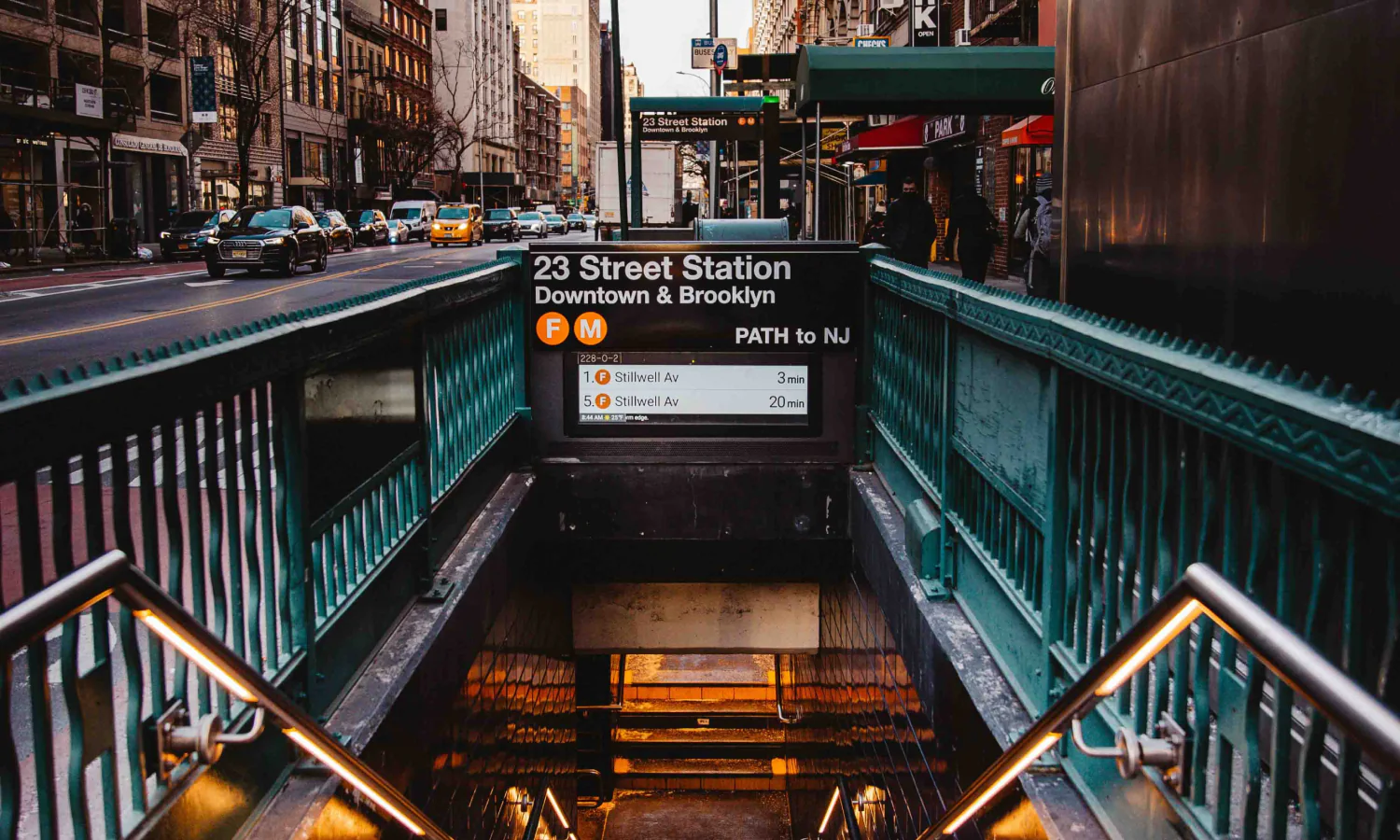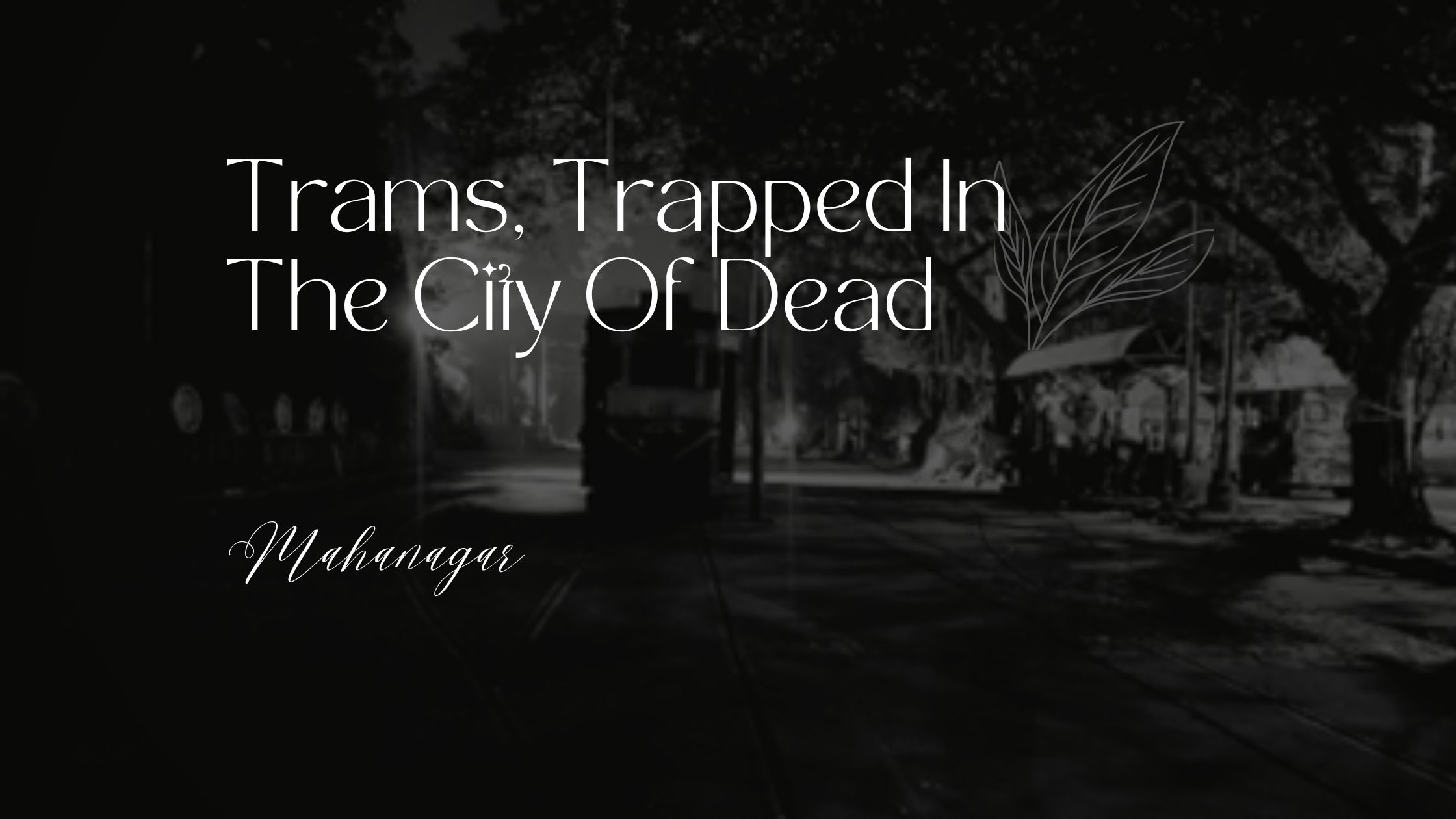Trending



Current Read








Enter your email address below and subscribe to our newsletter


Trams have been a major means of transport for the people of Calcutta for the last 151 years. However, in the past decade, especially under the current government of West Bengal, their decline has been rapid. Many people in Calcutta seem to blindly support the government’s plans to phase out the trams completely, citing flimsy excuses like traffic congestion and dismissing trams as outdated relics rather than a modern solution to pollution. Suddenly, a wave of “nostalgia” has been created by vloggers from Kolkata, who take photos and shoot videos of the trams for views, while comfortably sitting in air-conditioned rooms instead of actively protesting to save them.
My love for trams didn’t develop suddenly during their decline. It started during my childhood, when I used to visit my house in Sukea Street, North Calcutta. I still vaguely remember the first time I boarded a tram with my father not knowing much about it. However, school life took me to Malda, and as a result, I didn’t get the chance to explore the beauty of the trams until 2023, when my college brought me back to the City of Joy. However, returning and reconnecting with the trams was not as pleasant and exciting as I had imagined, as only three routes remained out of the 40 routes that I remembered from around 2007.
The Calcutta Tramways Company, with its rich history and legacy, no longer competes with other forms of transportation. Starting with horse-drawn trams in 1873 and the establishment of The Calcutta Tramways Company in 1880, following English laws and regulations, it was a revolutionary concept. Australian horses were used to pull the trams. However, the horse-drawn trams did not last long, and steam cars were introduced, running between Kidderpore and Esplanade, and other nearby areas. By 1902, with the electrification of the tramways, a new chapter in Calcutta’s tram history began, with various classes of trams introduced to India and the establishment of the Nonapukur Workshop in the same year, along with the creation of depots and terminals. The tram network expanded across the entire city, stretching from north to south, passing through the heart of the city and reaching Howrah. Different types of trams and rolling stock were manufactured at the largest tram workshop in Nonapukur. Over time, trams were categorized into different classes, such as J, L, M, and the K-class, which were the first articulated trams. The L-class trams, affectionately known as “Hatigari” by the Bengalis, became particularly beloved. This was the golden era of Calcutta Trams. In the late 1960s, the PAYE (Pay As You Enter) trams, cars numbered 201-206, were introduced. Moving forward, the N-class trams, built by Burn Standard and Co. and Jessop, represented the last fleet to be added to the tram system.
As a tram enthusiast, it is heartbreaking to witness the deplorable condition of the tramways, especially considering their rich history and the cultural connections they once shared with the people of Calcutta. Riding a tram to return home from college is still fascinating, but now there are only two routes left, both on the verge of being shut down due to deteriorating infrastructure. I, along with many others, am fighting to preserve the history they represent. The trams are not responsible for traffic congestion—they run on their own tracks. Why should cars and auto-rickshaws be allowed to park illegally on tram tracks? There has been no answer from the authorities.
Trams are an environmentally friendly form of transport, but the people of Calcutta are too quick to forget them, offering weak excuses in the process. More than 400 cities around the world continue to operate trams as a sustainable mode of transport, yet our city is on the verge of completely eliminating them, all while increasing the number of cabs and auto-rickshaws in the name of environmental progress.

Arnab Sarma Sarkar is currently a student of history at Presidency University. He is mainly interested in ancient Indian history and archaeology. With a passion for photography, he has won awards from many organisations such as NATIONAL ACADEMY OF PHOTOGRAPHY. He is a tram activist and a volunteer of CALCUTTA TRAM USERS ASSOCIATION, an organisation fighting for survival of trams for the last ten years.
He also makes short videos and his Instagram handle is @arnab_album. He is fond of collecting and reading books. is currently a student of history at Presidency University. He is mainly interested in ancient Indian history and archaeology. With a passion for photography, he has won awards from many organisations such as NATIONAL ACADEMY OF PHOTOGRAPHY. He is a tram activist and a volunteer of CALCUTTA TRAM USERS ASSOCIATION, an organisation fighting for survival of trams for the last ten years.
He also makes short videos and his Instagram handle is @arnab_album. He is fond of collecting and reading books.